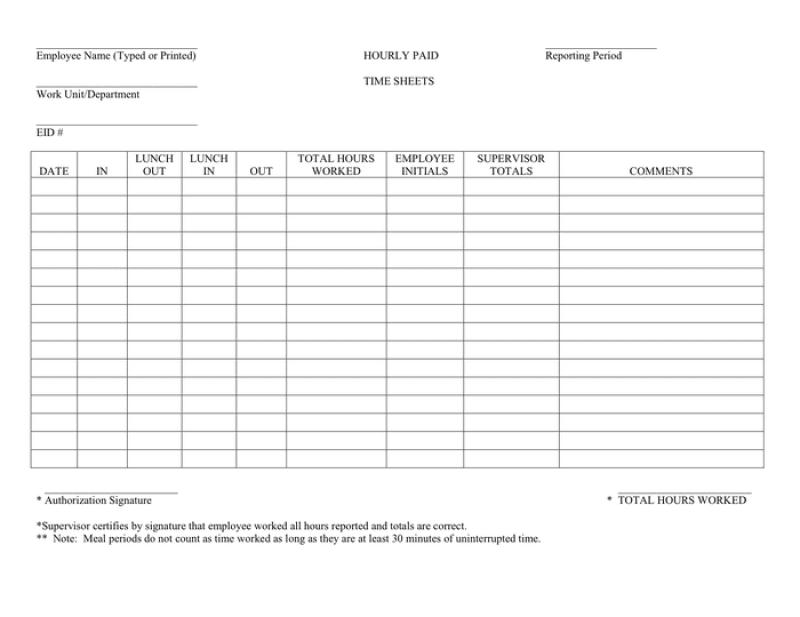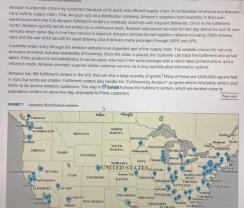What is the hourly time report used for?
Hourly time reports are documents used to record and track the amount of time employees spend working on various tasks or projects within a specific time frame, usually on an hourly basis. These reports serve several important purposes for both employers and employees:
Payroll Processing:
- Hourly time reports are a fundamental component of payroll processing for hourly employees. Employers use the recorded hours to calculate wages and ensure that employees are compensated accurately based on the hours worked.
Overtime Tracking:
- For employees eligible for overtime pay, hourly time reports help employers track the number of hours worked beyond regular working hours. This is crucial for compliance with labor laws and for determining overtime pay rates.
Project and Task Management:
- Hourly time reports are valuable tools for project and task management. Employers can use these reports to monitor how much time is allocated to specific projects or tasks. This information aids in project planning, resource allocation, and assessing project timelines.
Performance Evaluation:
- Supervisors and managers may use hourly time reports as part of performance evaluations. Reviewing time reports allows them to assess employee productivity, time management skills, and overall work performance.
Budgeting and Cost Control:
- By tracking hours worked on different projects or tasks, employers can better manage budgets and control costs. This is particularly important for projects with hourly billing or where labor costs are a significant factor.
Compliance with Labor Laws:
- Labor laws often have regulations regarding working hours, breaks, and overtime. Hourly time reports help employers demonstrate compliance with these laws and can serve as documentation in the event of audits or disputes.
Resource Planning:
- For businesses with fluctuating workloads, hourly time reports help in resource planning. By understanding when peak work hours occur, employers can adjust staffing levels to meet demand efficiently.
Employee Accountability:
- Hourly time reports foster accountability among employees. Knowing that their work hours are being recorded can encourage individuals to manage their time effectively and contribute to a positive work culture.
Legal Documentation:
- Hourly time reports can serve as legal documentation in case of labor disputes or legal challenges related to wage and hour claims. Accurate and well-maintained time records can be crucial in defending against legal claims.
In summary, hourly time reports are multifaceted tools that contribute to payroll accuracy, project management, compliance with labor laws, and overall workforce productivity. They are an essential aspect of efficient and transparent workforce management in various industries.
What is the primary purpose and usage of an hourly time report?
The primary purpose of an hourly time report is to track the time spent on tasks. This information can be used to:
- Calculate payroll: Hourly time reports are used to calculate the amount of money that employees should be paid. The total amount of time worked is multiplied by the employee's hourly wage.
- Track project progress: Hourly time reports can be used to track the progress of projects. The amount of time spent on each task can be used to assess whether the project is on schedule and within budget.
- Identify areas for improvement: Hourly time reports can be used to identify areas where employees are spending too much time or where there are inefficiencies in the workflow. This information can be used to make changes that will improve productivity.
- Monitor compliance with labor laws: Hourly time reports can be used to monitor compliance with labor laws. Some labor laws require employers to track the hours that employees work and to pay them for all hours worked.
Hourly time reports can be used by a variety of businesses, including:
- Construction companies: Construction companies use hourly time reports to track the time that their employees spend working on each project. This information can be used to calculate the cost of each project and to bill the client accordingly.
- Manufacturing companies: Manufacturing companies use hourly time reports to track the time that their employees spend working on each product. This information can be used to track the production process and to identify areas where there are bottlenecks.
- Service companies: Service companies use hourly time reports to track the time that their employees spend working on each client. This information can be used to bill the client accurately and to avoid disputes over the amount of time spent.
In addition to the benefits listed above, hourly time reports can also help businesses to:
- Improve employee morale: Employees who feel that their time is being valued are more likely to be satisfied with their jobs. Hourly time reports can help to create a culture of accountability and fairness.
- Reduce costs: By tracking the time that employees spend on tasks, businesses can identify areas where they can save money. For example, businesses can identify tasks that can be automated or outsourced.
- Make informed decisions: Hourly time reports can provide businesses with valuable insights into their operations. This information can be used to make informed decisions about staffing, budgeting, and project management.
Overall, hourly time reports are an essential tool for any business that wants to track its time and labor costs. By using hourly time reports, businesses can improve their efficiency, reduce costs, and make informed decisions.
Here are some specific examples of how hourly time reports can be used:
- An employee in a construction company might track the time they spend on tasks such as pouring concrete, framing walls, and installing drywall.
- An employee in a manufacturing company might track the time they spend on tasks such as operating machinery, assembling products, and packing and shipping orders.
- An employee in a service company might track the time they spend on tasks such as meeting with clients, providing services, and completing paperwork.
No matter what business you are in, hourly time reports can help you to track your time and labor costs more accurately. This information can be used to improve your efficiency, reduce your costs, and make informed decisions.
I hope this helps!












